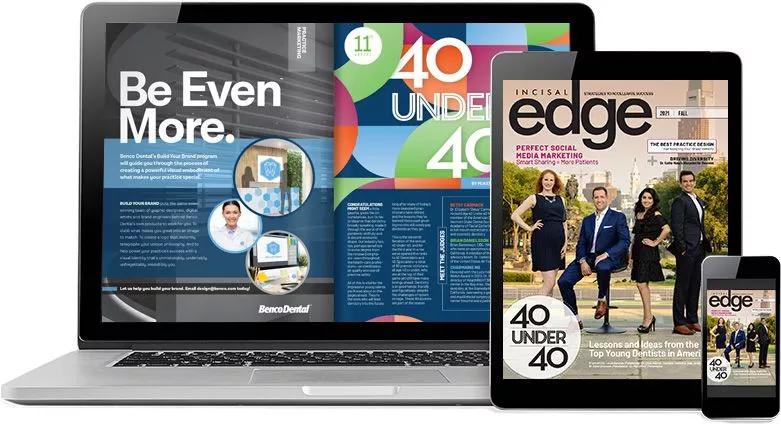Experts agree: The business of dentistry is fundamentally strong.
So why hasn’t patient spending fully achieved its pre-pandemic escape velocity—and when, exactly, might it?
By Novid Parsi
FOR MOST OF this century, the dental market rode an upward trajectory with seemingly no end in sight. Between 2000 and 2020, patients’ dental expenditures mostly increased faster than the overall growth of the economy, according to ITR Economics, a New Hampshire–based consultancy.
Like many industries, however, dentistry ran into a wall in March 2020, when the pandemic hit American shores in earnest. That March 23, the ADA Health Policy Institute conducted its first Covid-19 survey; it found that 76 percent of American dentists had closed their offices to all but emergency patients, while a further 19 percent were closed, period. Dental spending in 2020 fell more steeply even than U.S. gross domestic product.
Almost as quickly, though, the spending yo-yo shot back up, as Paycheck Protection Program loans, low interest rates and pent-up demand led to “a nice pop for the industry” in 2021, says Gregory J. Chavez, CEO of the Dental Trade Alliance.
The good news was short-lived. Since 2021, dental spending has been increasing, but only at about the same pace as the overall economy, ITR Electronics says, as it has yet to recover its growth rate from the “before times.”
To put that in broader context: In all, U.S. health expenditures (including both public and private funds) more than tripled from about $1.4 trillion in 2020 to $4.9 trillion just three years later—growing 7.5 percent between 2022 and 2023, according to Peterson-KFF, which tracks the performance of American health markets over time. That was well above the average annual growth rate of 4.1 percent in the 2010s.
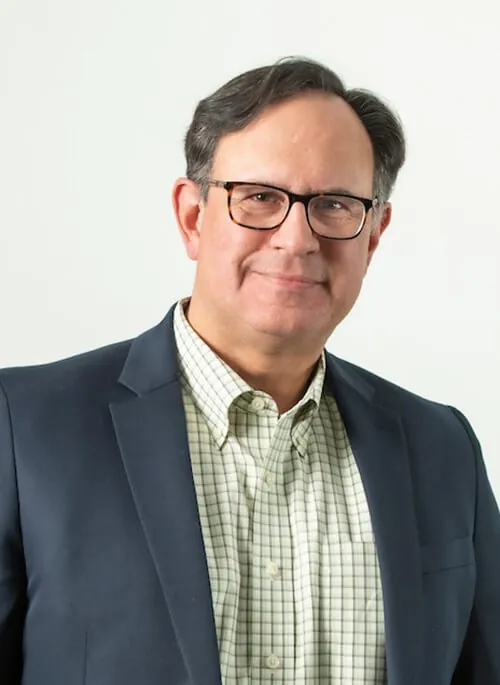
What led to fast growth in the first place, and why hasn’t dentistry recaptured it? Interviews with multiple industry experts and practitioners reveal the answers to these questions—and suggest what the future might hold.
 Wallets Open, Then Snap Shut
Wallets Open, Then Snap Shut
In good times and bad, dentistry can usually rely on consistent demand. “People have teeth, teeth have issues, dentists fix these issues. That’s always going to be there,” says Dr. Brad W. Ray (right), owner of Plattsburgh Oral Surgery in Plattsburgh, New York.
Beyond such inelastic demand, though, a number of developments led elastic demand to surge between 2000 and 2020: Dental coverage grew with the expansion of employer and public insurance. An aging population needed more restorative dentistry. And technological innovations, such as digital X-rays, clear aligners and other advances in cosmetic dentistry became commonplace. In addition, this period saw “an increased awareness about dental care—that going to see the dentist is an ounce of prevention,” as Dr. Ray puts it.

That trajectory took a sudden dip with the pandemic closures of early 2020. Not long after, though, the industry gradually reopened and saw a rapid influx of patients who had been forced to put their routine and elective procedures on hold. “Many across the dental sector prospered from 2021 through early 2023,” says Kentucky Morrow, principal at Dental
Innovation Alliance, a venture capital firm.
More recently, however, rising inflation, higher interest rates and overall economic uncertainty have put a damper on consumer spending—and on dentistry itself. As Dr. Parikh notes, “While health care spending is generally less sensitive to economic downturns than other sectors, it’s not immune.” Even during the overall growth period of 2000-20, there were five years of “totally flat” spending between 2010 and 2015, says Dr. Marko Vujicic, vice president and chief economist at the ADA Health Policy Institute.
Dr. Anya Pukhovitskaya, who owns multiple practices in the Boston area and is chief clinical director of the Well Group, a DSO, saw a boost after the immediate shock of the pandemic, with patients returning to her practices and spending more on elective services. But amid heightened economic worries, her patients’ spending started to decline around 2022 and 2023. “There’s definitely been a shift in patient behavior,” says Dr. Pukhovitskaya, a member of the Incisal Edge 40 Under 40 Class of 2024. “Patients are more cost-conscious and delaying or declining elective procedures.”
“Households have been hit by the cumulative impact of inflation for a few years in a row, so their buying power is lower today,” says Jeffrey D. Johnson, senior research analyst at financial services firm Robert W. Baird.
Since the pandemic, consumers have prioritized essential health care spending over elective—causing elastic demand to sag. Only about 80 percent of available appointments are currently being filled, according to Baird’s recent dentist surveys. “We don’t see patient demand back up to fully book them,” Johnson says.
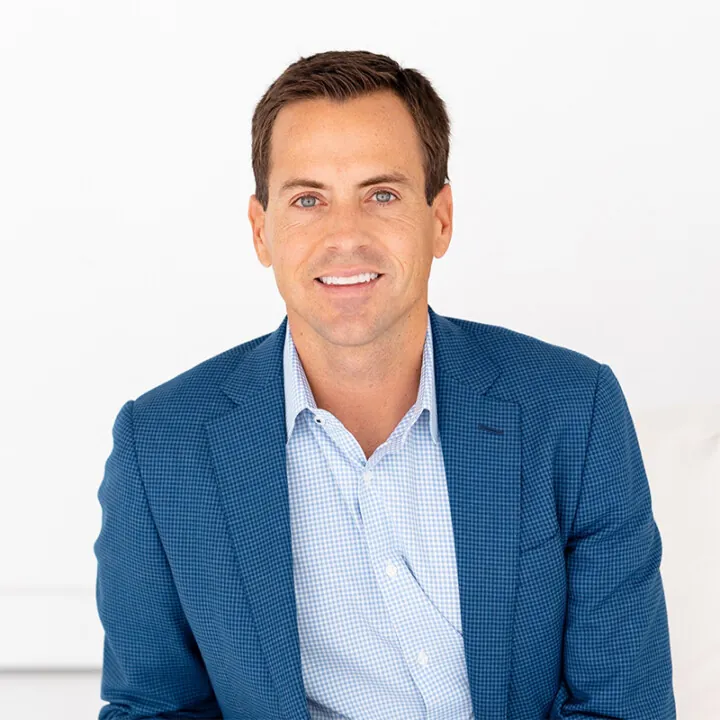
“Dentists’ patients are not spending as much at their offices,” Chavez says. “The consumer confidence index has yet to rebound to pre-pandemic numbers, and the threat of a global trade war will only further suppress consumer confidence.”
Exacerbating the problem, Dr. Ray notes, is that insurers have been reimbursing dental procedures at lower rates. Fully 80 percent of dentists in an ADA survey from late 2024 say that declining reimbursement rates are having a negative effect on their practices.
Not Enough Workers
The drop in demand, though, is only part of the story. The labor shortage, particularly among hygienists and assistants, is another big piece of the industry puzzle.
In late 2024, surveyed dentists ranked staffing shortages as their top challenge. More than three in five (62 percent) worried about recruiting and retaining staff, especially hygienists, according to the ADA Health Policy Institute.
In the same survey, more than one-third of practice owners (37 percent) said that in the previous three months they had actively recruited assistants, and 32 percent had actively recruited hygienists. Among those actively recruiting, 70 percent said casting a line for dental assistants was very or extremely challenging, while 90 percent said the same for hygienists.
Simply put, dentists can’t see as many patients if they don’t have enough staff. “Many practices are struggling to recruit and retain team members, which directly [affects] their ability to see patients and grow,” says Puckett, who considers workforce challenges “one of the biggest issues facing dentists today.”
80% of dentists in an ADA survey from late 2024 said that declining reimbursement rates are having a negative impact on their practices.
According to R.W. Baird’s surveys, dentists today offer 15 percent to 20 percent fewer office appointments than they did before the pandemic.
“Part of that is there’s not enough staffing to keep the offices open, and part of it is that inflation has hit these practices so they’re decreasing the hours they keep the office open,” Johnson says. “Staffing has absolutely become an issue.”
If patients must wait longer for appointments at short-staffed practices, they might decide to keep putting off treatment—or not get it at all.

Fewer hygienists and assistants often mean fewer appointments and longer wait times, which can affect patient flow and overall productivity.”
—Steven Kizny
Vice president and general manager,
Henry Schein’s U.S. Dental Group

One upshot? Dentists now must pay their staff more. Today’s in-demand hygienists expect higher pay—and many are getting it. “To hire and retain hygienists, you have to go way up on their reimbursement rates,” Dr. Pukhovitskaya says. Before the pandemic, her experienced hygienists made $45 to $55 an hour. Now, she says, new graduates without experience ask for $60.
Not offering higher pay can lead to more turnover, which leads to more time and money spent on recruiting and training—all of which affect the bottom line. Lower patient demand and higher staffing costs are “a dual-edged sword,” Johnson says. “For both those reasons, there’s just not as much growth as there was pre-pandemic.” And while workforce costs have gone up, so have other expenses, including rent and materials.
Dental practices could soon be turning the page on the hygienist shortage, however. “Hygienist graduation numbers finally have increased and, in fact, are at their highest levels ever,” Dr. Vujicic says.
Investing More in People and Tech
“Consumers are not back to pre-pandemic confidence,” Dr. Parikh says. Nor might they get there anytime soon.
Some doctors aren’t simply waiting for the economic tide to turn. They’re acting now to make their offices more efficient and effective. “Dental practices are beginning to adapt to a new reality that the industry is likely to grow near GDP going forward,” Morrow says. “While practices could previously rely on increased patient spending to support their profit margin, that is no longer the case.”
For some, adapting means investing more in their people and technology. “The softening of the market in 2023 and 2024 has translated into dental practices and DSOs focusing internally on efficiency and performance improvement,” Dr. Parikh says.
Dr. Pukhovitskaya has responded to slowing demand by spending more, not less. She has hired more treatment plan coordinators who can spend time explaining options to patients. And she has invested more in technology such as digital scanning that helps educate them. “Before, patients were more likely to say yes to a treatment after we recommended it,” she says. “Now, it definitely requires more customer service and more educational tools.”
These investments, she notes, have paid off: “We have seen a correlation: The more we have spent on technology and staff, the more our revenue has grown.”
Dr. Ray likewise has seen a greater need for patient education and educational technology. “Gone are the days when you could just tell patients they have to do something, and they trust you because you’re a doctor. You have to educate your patients on why procedures need to be done,” he says. He does this partly through recorded videos that present repeatable information about treatments—freeing up his time to provide more care.
“While growth has slowed, practices that invest in their teams, technology and patient experience are best positioned for long-term success. Across the industry, we see practices focus more on operational efficiency and patient retention to maintain stability,” Puckett says. “The market may be slower than before, but well-run practices prove that growth is still achievable.”
Henry Schein’s Kizy adds, “We are encouraged by how practices have adapted by embracing digital tools, enhancing efficiencies and finding new ways to deliver care.”
A Softer Market,
More Active Investors
Slower growth is having another industry impact: Investors are eyeing dental practices and related businesses. From 2015 to 2021, the share of dentists affiliated with private equity nearly doubled from 6.6 percent to 12.8 percent, according to the ADA Health Policy Institute.
We have seen a correlation: The more we have spent on technology and staff, the more our revenue has grown.”
—Dr. Anya Pukhovitskaya
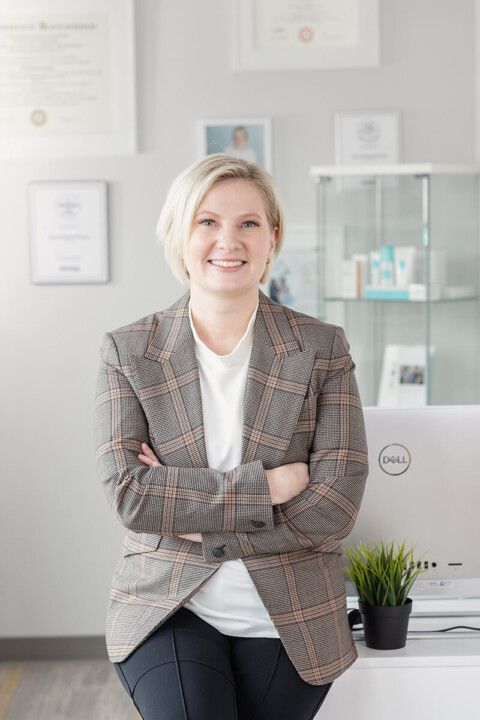
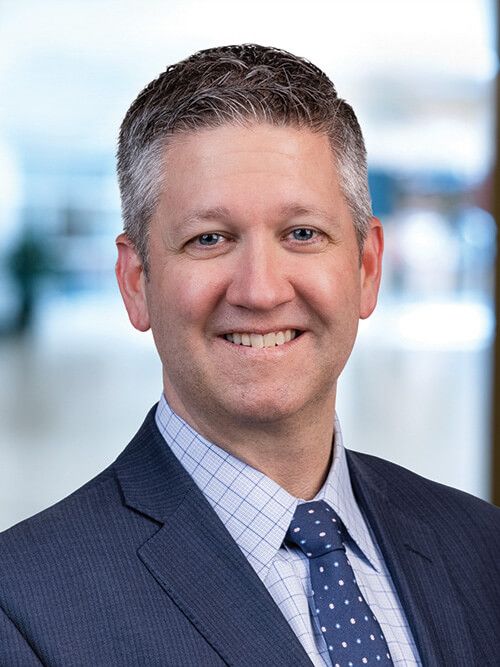
Although Henry Schein declined formal comment on the deal, Kizy offered the following account of the dental market: “While growth in dental expenditures has moderated since the post-pandemic rebound, patient demand remains stable, and the fundamentals of the dental market are strong. Inflation shifts in consumer priorities and lingering workforce constraints have each played a role in slowing the pace
of spending.”
Henry Schein isn’t the only health distributor to announce a major deal in recent months. Last December, soon after reporting that its second-quarter profit fell by a third, Patterson Companies announced its sale to Patient Square Capital, a health care investment firm, for $4.1 billion.
Johnson of Robert W. Baird describes possible investor thinking this way: “Market growth isn’t going to be great for the next few years, so maybe we can take a company like Patterson private and take care of some of the heavy lifting changes [such as potential restructuring] outside of public view.” (Patient Square declined an interview request; Patterson did not respond.)
Such deals would have been less likely when the industry was healthier several years ago, Johnson adds. “In a low-growth environment like today, you’ll maybe see some continued efforts by activist investors and private equity,” he says. “It wouldn’t surprise me going forward if we see more of that than we have over the past decade.”
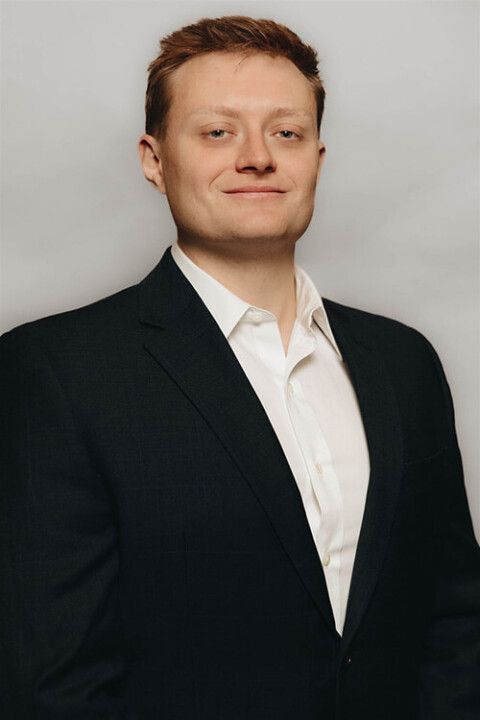
“It’s unsurprising that KKR is an investor in Heartland [a DSO] and is now interested in Henry Schein,” Morrow adds. “I expect significant interest from private equity in the dental market beyond just DSOs.”
NOVID PARSI is a freelance writer and playwright whose work spans health care, food, housing policy and much more. This is his first piece for Incisal Edge.


 Wallets Open, Then Snap Shut
Wallets Open, Then Snap Shut